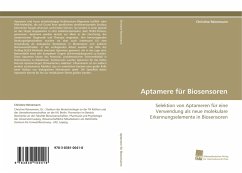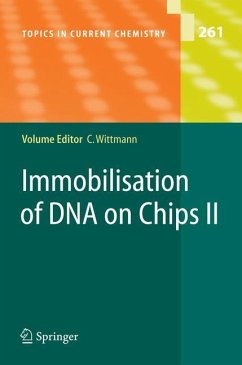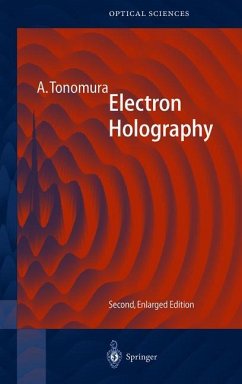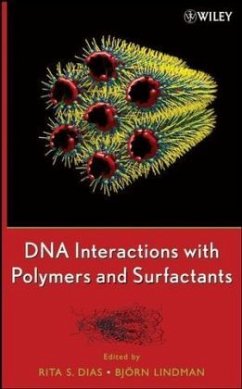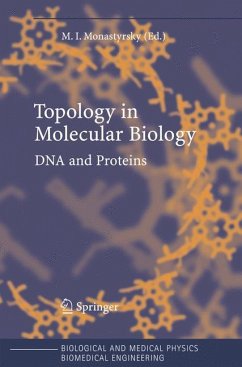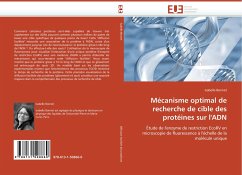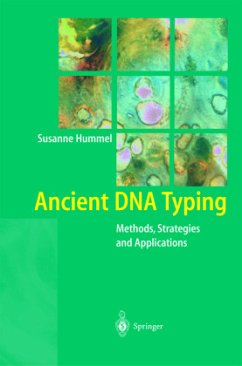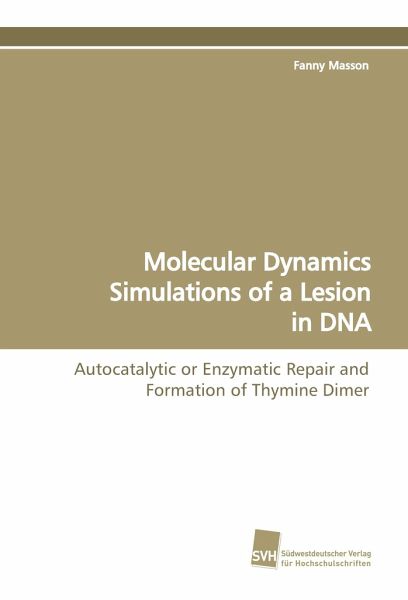
Molecular Dynamics Simulations of a Lesion in DNA
Autocatalytic or Enzymatic Repair and Formation of Thymine Dimer
Versandkostenfrei!
Versandfertig in 6-10 Tagen
69,90 €
inkl. MwSt.

PAYBACK Punkte
0 °P sammeln!
UV-induced cyclobutane thymine dimerisation is one of the most important types of DNA damage that result in several biological pathologies, notably skin cancer. The thymine dimer repair and formation reactions have been computationally investigated. The goal of this work is to elucidate key steps in the mechanism of these processes that are not readily accessible by experimental techniques. Concerning the repair reaction, two distinct processes have been analyzed: the self-repair of the thymine dimer in DNA and the repair of the dimer in the active site of DNA photolyase. Our quantum mechanics...
UV-induced cyclobutane thymine dimerisation is one of the most important types of DNA damage that result in several biological pathologies, notably skin cancer. The thymine dimer repair and formation reactions have been computationally investigated. The goal of this work is to elucidate key steps in the mechanism of these processes that are not readily accessible by experimental techniques. Concerning the repair reaction, two distinct processes have been analyzed: the self-repair of the thymine dimer in DNA and the repair of the dimer in the active site of DNA photolyase. Our quantum mechanics/molecular mechanics (QM/MM) simulations provide a clear description of the splitting mechanism in the natural environments of the dimer. In the case of the enzymatic repair, key features characterizing the splitting mechanism have been disclosed. Our QM/MM metadynamics simulations in the excited states have provided some insight into the mechanism of thymine dimer formation. Our simulationsshowed that the triplet pathway towards the dimer involves a biradical intermediate, whereas the singlet mechanism does not proceed via any intermediate.



